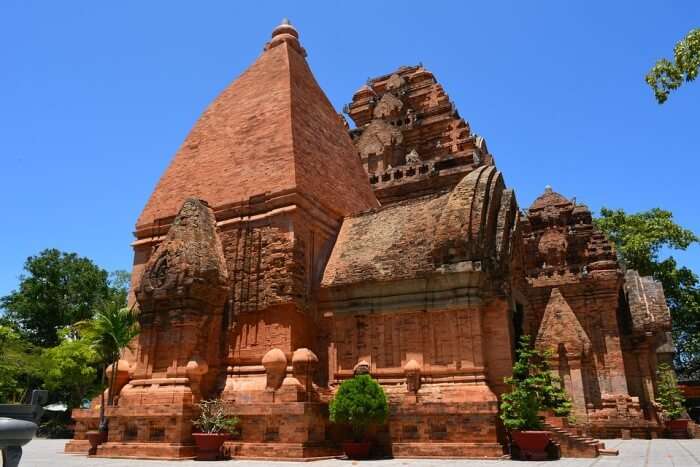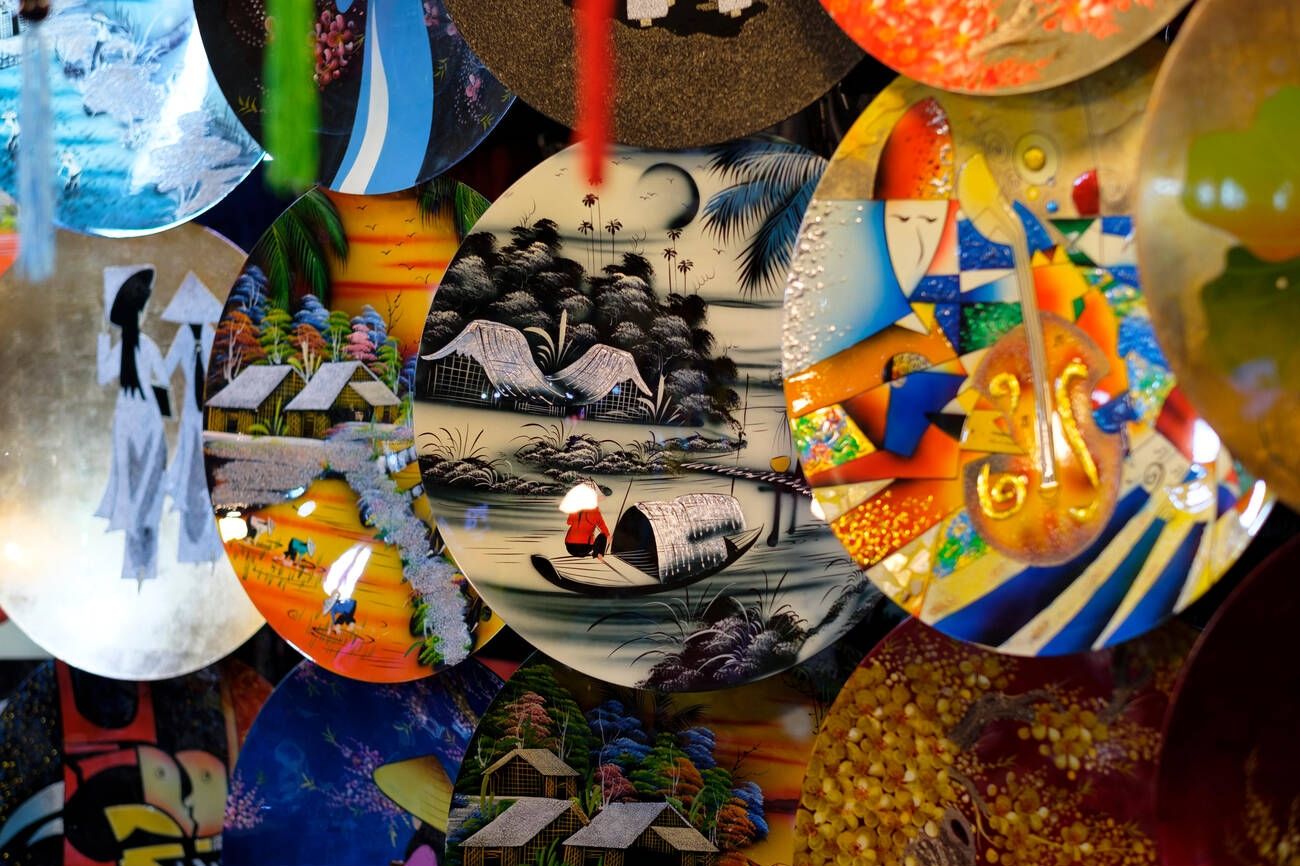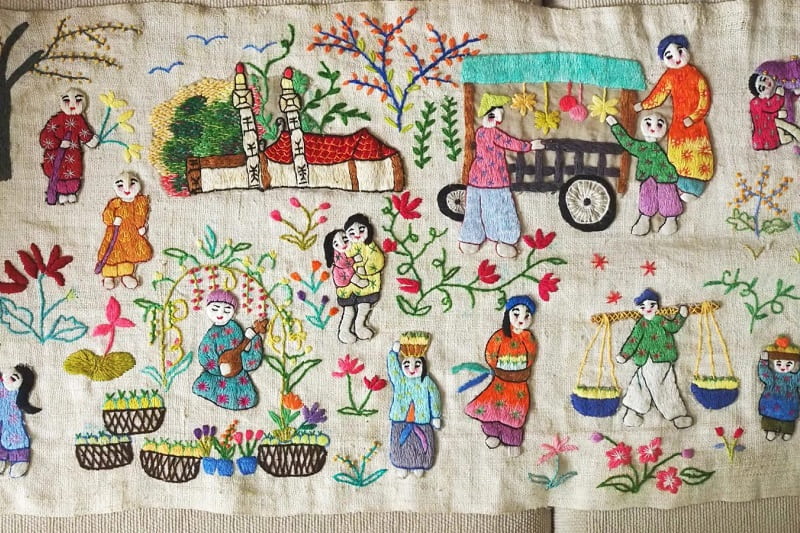
There’s something incredibly humbling about discovering a sacred place when you least expect it. Nestled in the vibrant culture of Southeast Asia is a place you might not immediately associate with Hindu spirituality—Subramanya Temple Vietnam. This lesser-known temple stands as a symbol of devotion, cultural fusion, and peace. It’s not just a religious site, but a meeting point of traditions, people, and stories.
If you’re planning a trip to Vietnam, this spiritual gem deserves your attention. Beyond the lively streets of Hanoi and the scenic beaches of Da Nang, Vietnam offers corners of quietude and cultural richness that often go unnoticed. This temple is one such space—offering more than just darshan, it offers a peaceful retreat that blends Indian spiritual traditions with Vietnamese charm.
And that’s not all. While Vietnam is increasingly becoming known for its beaches and street food, it also harbors centuries-old traditional arts in Vietnam that reflect its deep-rooted cultural identity. From intricate silk weaving to soul-stirring water puppetry, the country is a living museum of craftsmanship.
In this blog, we explore the tranquil experience of Subramanya Temple and the vibrant world of Vietnam’s traditional arts—two seemingly different experiences that together paint the spiritual and artistic soul of this beautiful country.
Subramanya Temple Vietnam – The Unexpected Spiritual Retreat
Tucked in a quiet area not far from Ho Chi Minh City, the Subramanya Temple is dedicated to Lord Murugan, the Hindu god of war and victory. Also known as Kartikeya or Skanda, Lord Murugan is especially revered in Tamil culture. The temple serves as a religious and cultural hub for the Indian community in Vietnam, as well as curious Vietnamese locals and international travelers seeking peace.
What Makes Subramanya Temple Special?
- Architectural Simplicity with Spiritual Depth: Unlike the towering gopurams seen in South India, this temple carries a minimalist yet deeply spiritual design, reflecting both Indian and Southeast Asian aesthetics.
- Daily Pujas and Festivals: From Thaipusam to Skanda Sashti, the temple celebrates key Murugan festivals with great enthusiasm. If your trip aligns with one of these, you’re in for an immersive experience.
- Multicultural Footfall: The temple sees a beautiful blend of visitors—Tamilians, other Indian expats, local Buddhists, and spiritually curious tourists.
Best Time to Visit
The temple is open year-round, but visiting during key Tamil festivals like Thaipusam (Jan-Feb) or Skanda Sashti (Oct-Nov) brings the place to life with colors, music, and rituals.
How to Reach
- From Ho Chi Minh City: Approx. 45 minutes by car or local transport.
- From Da Nang or Hanoi: You’ll need to fly into HCMC and take a local taxi or Grab ride.
Tips for Visiting
- Dress modestly.
- Carry offerings if you plan to participate in rituals.
- Be respectful of local customs and silence within temple premises.
Trip to Vietnam – Beyond the Beaches and Banh Mi
Many travelers head to Vietnam for its photogenic landscapes and food scene—but the real essence of the country is felt when you slow down and connect with its traditions. A trip to Vietnam that includes both spiritual visits and local artistry offers a holistic, unforgettable experience.
Vietnam's strength lies in its contrast: temples and scooters, silence and sound, mountains and seas, old crafts and modern cafes. This juxtaposition creates a magnetic atmosphere that keeps drawing travelers back. Subramanya Temple is your chance to dive into that spiritual undercurrent, while traditional arts keep you anchored to the country’s soul.
Traditional Arts in Vietnam – Crafting History One Thread at a Time

Let’s now wander into the colorful world of traditional arts in Vietnam. Every village, every town has its own style, technique, and story. These crafts are not just souvenirs—they’re stories wrapped in silk, lacquer, wood, and pigment.
1. Dong Ho Folk Paintings
Made using natural colors and woodblocks, these paintings often depict everyday life, mythical creatures, and moral lessons. Originating from the Dong Ho village near Hanoi, they’re colorful, symbolic, and deeply Vietnamese.
2. Silk Weaving
Traditional silk weaving is still practiced in villages like Van Phuc. Using time-tested handlooms, artisans create luxurious silk that’s used in traditional garments and modern fashion alike.
3. Water Puppetry
A true Vietnamese original, water puppetry is both an art and a spectacle. Puppets are controlled over water while folk tales are narrated through music and voice.
4. Lacquer Painting (Son Mai)
This meticulous art form uses multiple layers of paint and polish to create deeply textured artworks. Popular in Hanoi’s art galleries, it’s a blend of traditional themes and modern expression.
5. Conical Hat Making (Non La)
Made from palm leaves and bamboo, the iconic conical hat is more than a functional item—it’s a cultural symbol and handmade marvel.
6. Calligraphy
Often done in both Latin and Chinese-style scripts, Vietnamese calligraphy is usually displayed during Tet (New Year) for luck and prosperity.
7. Embroidery
From bedsheets to artwork, hand embroidery in Vietnam adds a personal and artistic touch to everyday items. Hue is particularly famous for this craft.
8. Bronze Casting
Used mainly for statues and temple bells, traditional bronze casting is a sacred craft passed down through generations.
9. Pottery (Bat Trang Village)
This centuries-old ceramic village near Hanoi produces unique hand-crafted pottery with both utilitarian and decorative value.
10. Paper Flowers (Thanh Tien Village)
Used in festivals and ancestral worship, these handmade flowers are both delicate and durable.
11. Bamboo Products
From furniture to kitchenware, bamboo crafting is a sustainable art that blends utility with aesthetics.
12. Kite Making
Brightly colored kites that sing in the wind are still handmade and flown during festivals in northern Vietnam.
13. Mat Weaving
A common sight in rural households, woven mats are used for sleeping, sitting, and ceremonies.
14. Wood Carving
Especially prominent in pagodas and temples, traditional wood carving features dragons, lotus flowers, and deities.
15. Ao Dai Tailoring
The national dress of Vietnam, Ao Dai is not just a fashion item but a piece of art when tailored by traditional craftsmen.
How to Experience These Arts as a Traveler
- Visit Craft Villages: Take day trips to villages like Bat Trang (ceramics), Van Phuc (silk), or Dong Ho (folk paintings).
- Attend a Water Puppet Show: Hanoi’s Thang Long Theatre is a great place to start.
- Buy Directly: Purchase from local artisans instead of commercial stores to support the craft directly.
- Workshops: Some places offer hands-on classes—try your hand at silk painting or pottery.
Conclusion

A visit to Subramanya Temple Vietnam brings you closer to your spiritual self, while the world of traditional arts in Vietnam connects you with its heritage and creativity. Together, they offer a travel experience that’s rich, soulful, and uniquely memorable.
So, if you’re planning your next trip to Vietnam, go beyond beaches and pho. Walk into a temple where Tamil chants echo in a foreign land. Sit with an old artisan painting folk stories on rice paper. Let Vietnam’s soul meet yours.
Because the best kind of travel doesn’t just show you places—it changes the way you see the world.